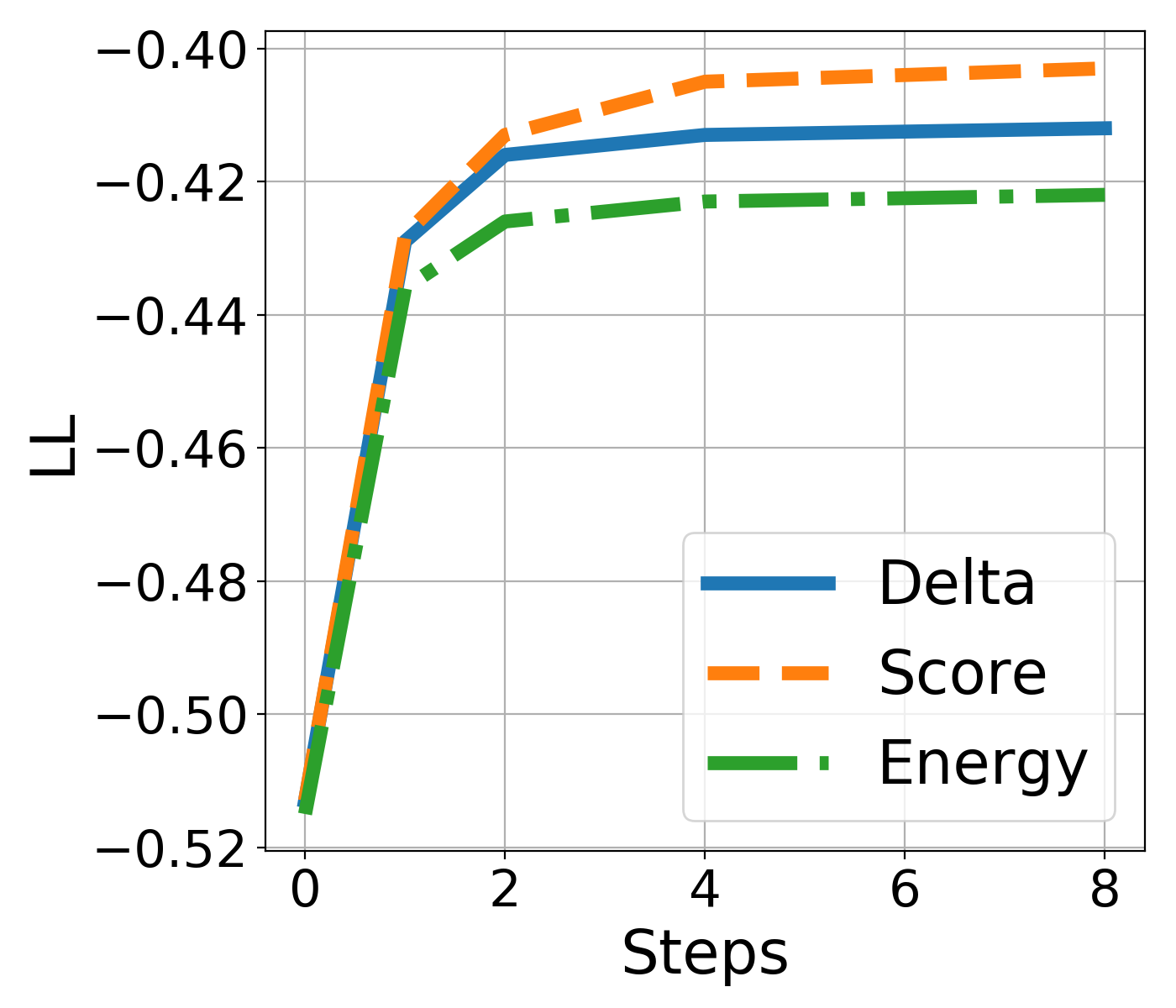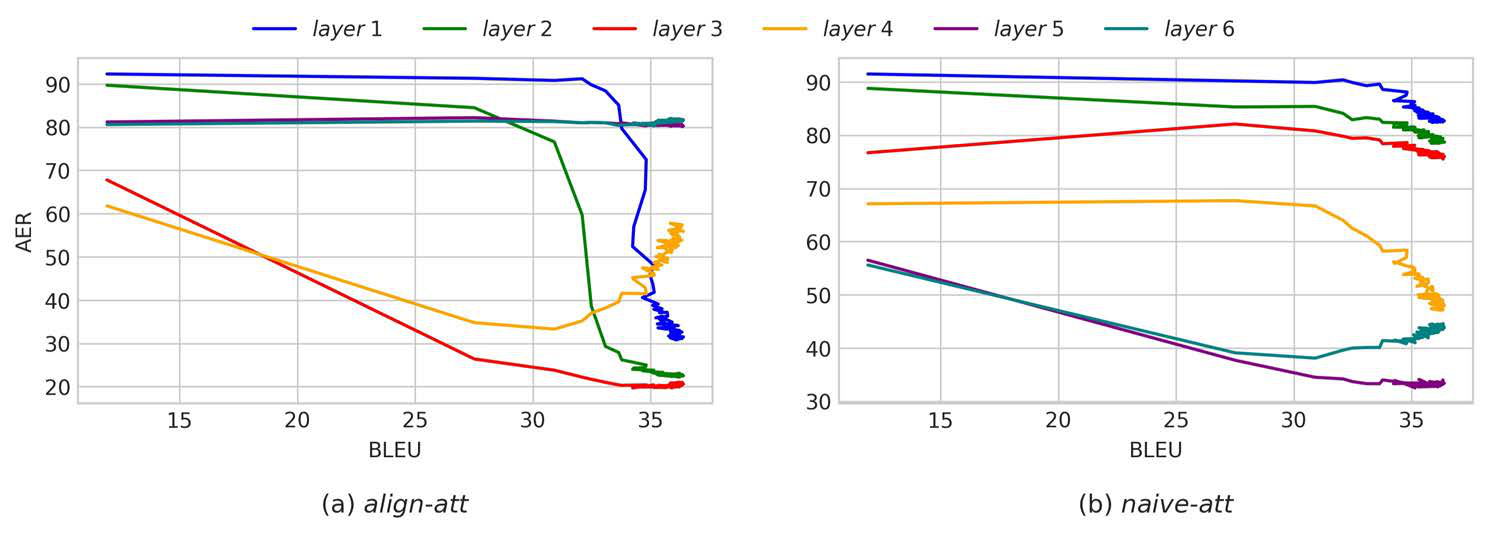Non-Autoregressive Machine Translation with Latent Alignments
Chitwan Saharia, William Chan, Saurabh Saxena, Mohammad Norouzi
Machine Translation and Multilinguality Long Paper

You can open the pre-recorded video in a separate window.
Abstract:
This paper presents two strong methods, CTC and Imputer, for non-autoregressive machine translation that model latent alignments with dynamic programming. We revisit CTC for machine translation and demonstrate that a simple CTC model can achieve state-of-the-art for single-step non-autoregressive machine translation, contrary to what prior work indicates. In addition, we adapt the Imputer model for non-autoregressive machine translation and demonstrate that Imputer with just 4 generation steps can match the performance of an autoregressive Transformer baseline. Our latent alignment models are simpler than many existing non-autoregressive translation baselines; for example, we do not require target length prediction or re-scoring with an autoregressive model. On the competitive WMT'14 En$\rightarrow$De task, our CTC model achieves 25.7 BLEU with a single generation step, while Imputer achieves 27.5 BLEU with 2 generation steps, and 28.0 BLEU with 4 generation steps. This compares favourably to the autoregressive Transformer baseline at 27.8 BLEU.
NOTE: Video may display a random order of authors.
Correct author list is at the top of this page.
Connected Papers in EMNLP2020
Similar Papers
Iterative Refinement in the Continuous Space for Non-Autoregressive Neural Machine Translation
Jason Lee, Raphael Shu, Kyunghyun Cho,

Multilingual Denoising Pre-training for Neural Machine Translation
Jiatao Gu, Yinhan Liu, Naman Goyal, Xian Li, Sergey Edunov, Marjan Ghazvininejad, Mike Lewis, Luke Zettlemoyer,

Accurate Word Alignment Induction from Neural Machine Translation
Yun Chen, Yang Liu, Guanhua Chen, Xin Jiang, Qun Liu,

Language Model Prior for Low-Resource Neural Machine Translation
Christos Baziotis, Barry Haddow, Alexandra Birch,
